
Across a sprawling empire, countless languages were spoken, and many gods were worshiped. The Mongols, instead of imposing a single belief, created space for all. It helped the empire manage its immense cultural variety while keeping peace among its people. The following sections explore how spiritual diversity shaped one of the most expansive empires in history.
Genghis Khan’s Policy Of Tolerance

In a world where faith was often divided, Genghis Khan chose to unite. He declared that every religion could be practiced freely, consulting Buddhist monks, Muslim scholars, Christian priests, Taoist sages, and even shamans. His court became a stage for spirited debates.
Religious Tax Exemptions

Power can command loyalty, but so can generosity. By exempting clergy from taxes and public service, the Mongols secured the trust of many faiths. Priests and monks lived without the weight of levies. Some even grew wealthy through imperial favor, which strengthened bonds across belief systems.
The Role Of Shamanism

Before the empire’s vast reach, the Mongols had their own sacred traditions. Shamanism remained a vital thread in their cultural fabric, even as foreign religions arrived. Shamans blessed military campaigns, called upon the spirits, and honored the eternal sky. It’s a practice that nurtured respect for universal deities among the people.
The Uighur Influence
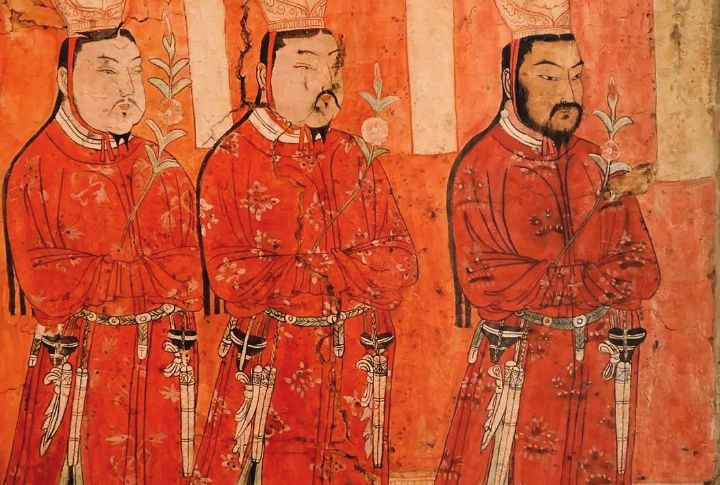
When the Uighurs entered Mongol history, they brought more than diplomacy. They introduced Buddhism, Nestorian Christianity, and Manichaeism, alongside their rich literature. The Mongols adopted the Uighur script for their use and regarded Uighur leaders as wise teachers.
The Silk Road Exchange

Stretching across continents, the Mongol-controlled Silk Road was a trade route and a corridor of belief. Merchants carried faith alongside goods, and missionaries traveled under Mongol protection. Marco Polo marveled at this diversity, a reflection of an empire that safeguarded both commerce and culture.
Printing And The Spread Of Sacred Texts
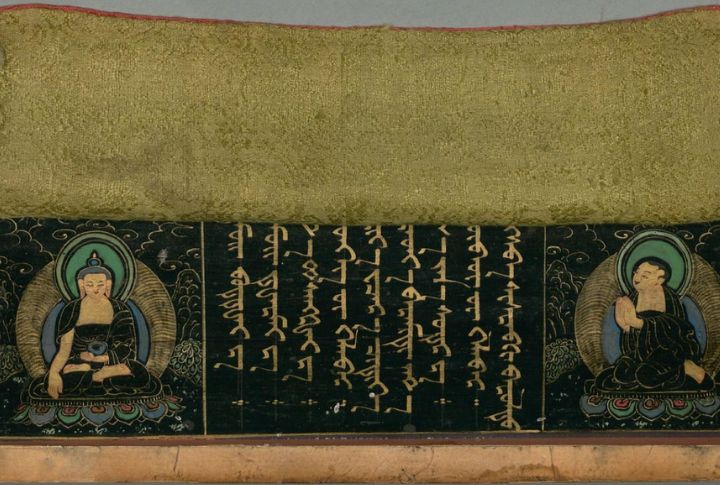
The Mongol Empire supported the reproduction of religious texts in multiple languages. Printing houses produced Buddhist sutras, Quranic passages, and Christian scriptures in vast numbers. This effort helped preserve diverse beliefs and gave scholars across Asia access to teachings once limited by geography or language.
Kublai Khan And Buddhism

Kublai Khan’s throne leaned toward Tibetan Buddhism, but his embrace of other faiths never faltered. He raised Buddhist lamas to positions of influence, which spread Tibetan practices deep into China. His patronage adorned the empire with grand works of art, symbols of spiritual and cultural prestige under his reign.
The Mongol Legal Code (Yassa)
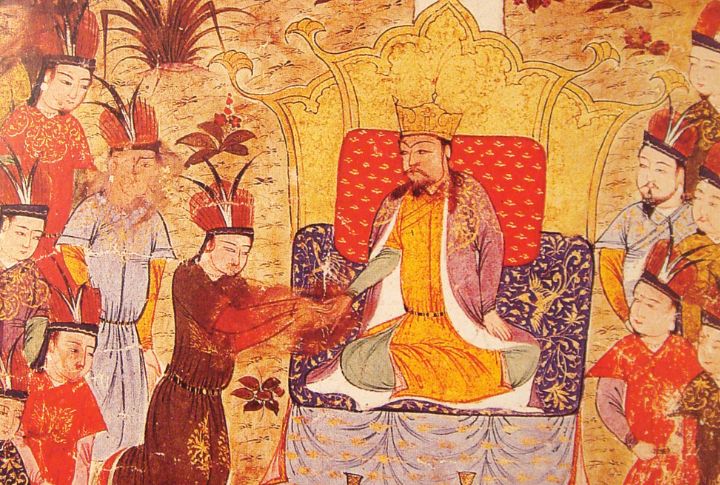
Law served as the guardian of belief. The Yassa protected freedom of religion, punishing those who sought to persecute. Discrimination was a crime. This code even encouraged interfaith debates that steered disagreements away from violence and toward dialogue and mutual respect.
Christianity Under Mongol Rule
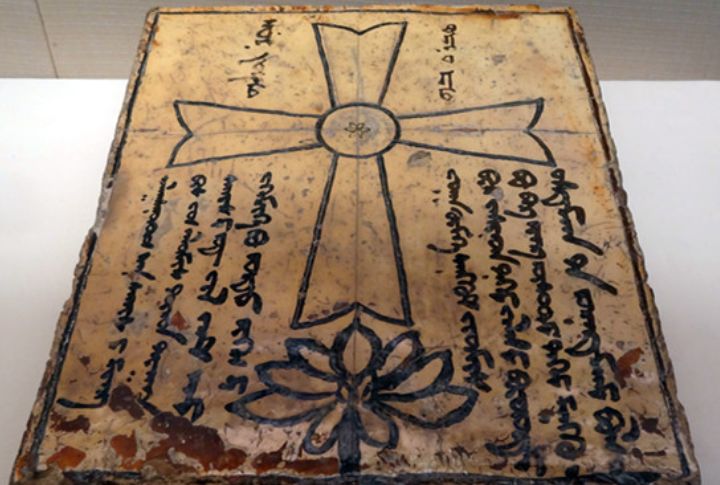
In the Mongol territories of Central Asia, Nestorian Christianity thrived. Churches rose in prominent cities, and several Mongol princesses chose the faith themselves. European monarchs looked east, hoping for alliances, drawn by the empire’s openness to Christian practice and its willingness to coexist with many creeds.
Islam In The Golden Horde
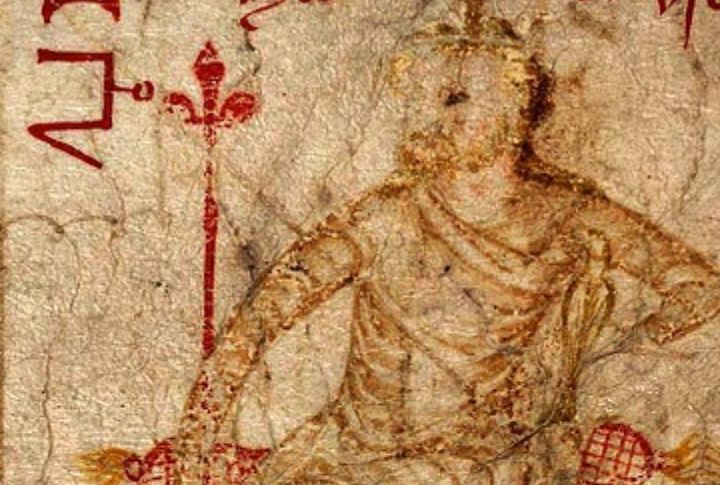
In the western reaches, the Golden Horde saw Islam take root and flourish. Khan Ozbeg embraced it as the official faith, yet welcomed others. Scholars of Islam were invited into the Mongol courts, while mosques were built alongside temples. This marked a rare harmony of spiritual spaces.

